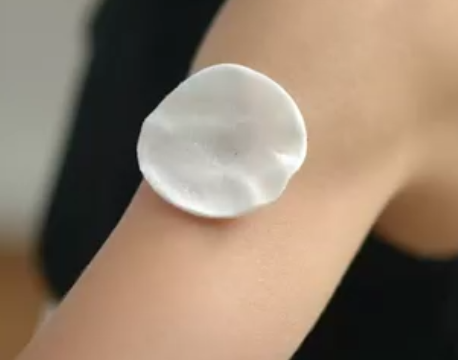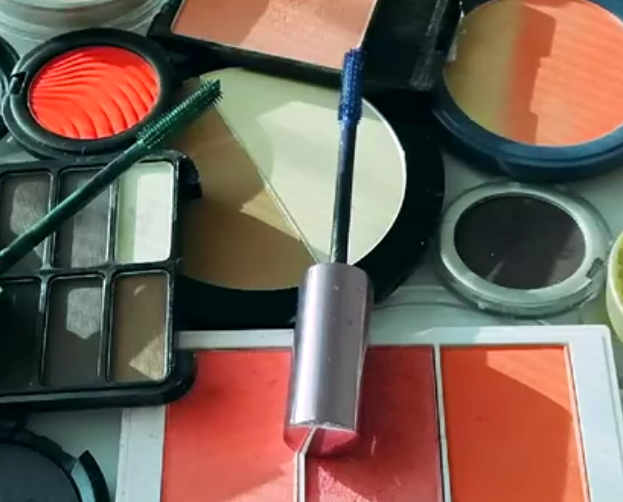Patch testing is a method used by doctors to diagnose skin allergies. It involves applying patches with test substances to a person's back or arms. These substances are common allergens that could cause a skin reaction.

Patch tests can be used to identify allergies to a wide range of substances. These substances are often grouped into categories according to their common use or source. Here are some examples:
- Metals: This category includes substances such as nickel, cobalt and chromium. These are common causes of contact dermatitis and can be found in jewellery, clothing fasteners and certain types of medical implants.
- Rubber chemicals: these are used in the manufacture of rubber products. People who work with rubber, such as mechanics or shoe manufacturers, may be particularly susceptible to these types of allergies.
- Fragrances and cosmetics: many people have allergies to chemicals used in perfumes, cosmetics and personal care products. Patch testing can help identify which specific substances are causing a reaction.
- Preservatives: these are used in a wide range of products to prevent bacterial growth. They can be found in foods, cosmetics and medicines.
- Hair dye chemicals: substances such as resorcinol are common causes of contact dermatitis in people who dye their hair.
- Textile dyes and resins: these are used in the production of clothing and may cause allergic reactions in some people.
- Medications: Some people may have allergic reactions to topical medications, such as antibiotics or antifungal creams.
- Plants: some plants, such as poison ivy or poison oak, may cause allergic reactions in sensitive individuals.
- Band-aids: an increasing number of people are proving allergic to normal patches because of the glue they contain.
Each of these categories contains many individual substances that can be tested for. The specific substances used in a patch test depend on symptoms, occupation, hobbies and personal habits.

Here is a general overview of the process:
- Preparation. The skin must be clean and free of substances that could interfere with the test. Avoid applying creams, lotions or ointments to the area before the test.
- Application. Patches, which contain small amounts of potential allergens, are applied to the skin. They are usually left in place for 48 hours and you should avoid wetting the area during this time.
- Removal and initial reading: after a period of time ranging from 15 minutes to 48 hours, the patches are removed, the skin is examined for any reactions to look for signs of redness, swelling, or a rash.
- Final reading. Another reading is usually taken 72 to 96 hours after the patches have been applied. Some reactions may take longer to appear, so this final reading can help ensure that all reactions are controlled.
- Results. If a reaction is observed, it means that you may be allergic to the substance tested. The strength of the reaction may give some indication of the severity of the allergy.
![]() Patching test
Patching test 



